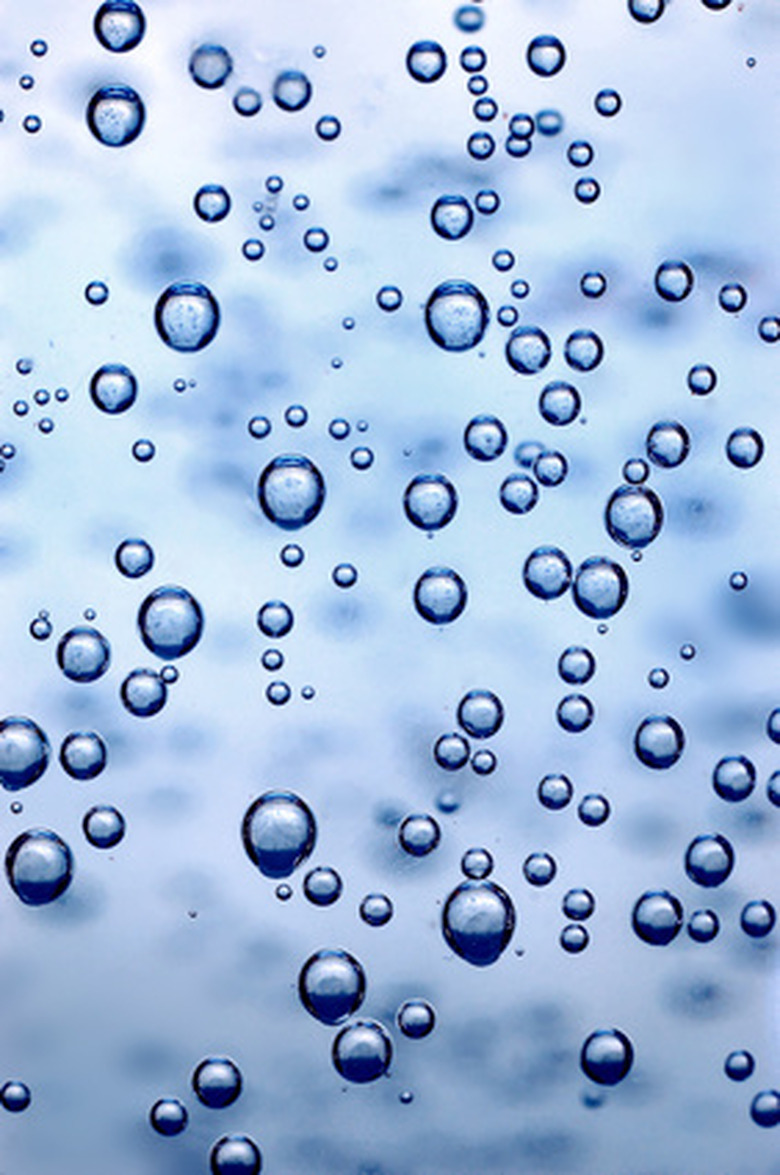How To Use Molarity To Calculate Osmolarity
Water will move across a membrane, a process known as osmosis. Find which direction the water will cross the membrane by determining the osmolarity of the solutions on either side of the membrane. According to Larry McGanhey of the College of St. Scholastica, osmolarity comes from the product of the molarity of the solution and the number of particles that result from dissolving that solution with water, known as dissociation. Find the osmolarity of two solutions to determine the direction the water will flow, as water moves across a membrane into an area with a greater osmolarity.
Step 1
Find the number of particles produced by dissolving a solute in water. Use one particle for compounds with covalent bonds, as they do not dissociate in water. For example, MgCl2 becomes three particles (Mg++ and 2 Cl-) when dissolved in water.
Step 2
Multiply the number of particles produced from dissolving the solution in water by the molarity to find the osmolarity (osmol). For instance, if your have a 1 mol solution of MgCl2: 1 x 3 = 3 osmol.
Step 3
Repeat multiplying the molarity by the number of particles for the other solution to find the osmolarity.
Step 4
Compare the osmolarities of the two solutions and note that the water will move across the membrane to the solution with the higher osmolarity.
Things Needed
- Calculator
- Molarity of solution
Cite This Article
MLA
Hessong, Athena. "How To Use Molarity To Calculate Osmolarity" sciencing.com, https://www.sciencing.com/use-molarity-calculate-osmolarity-6316424/. 24 April 2017.
APA
Hessong, Athena. (2017, April 24). How To Use Molarity To Calculate Osmolarity. sciencing.com. Retrieved from https://www.sciencing.com/use-molarity-calculate-osmolarity-6316424/
Chicago
Hessong, Athena. How To Use Molarity To Calculate Osmolarity last modified March 24, 2022. https://www.sciencing.com/use-molarity-calculate-osmolarity-6316424/
